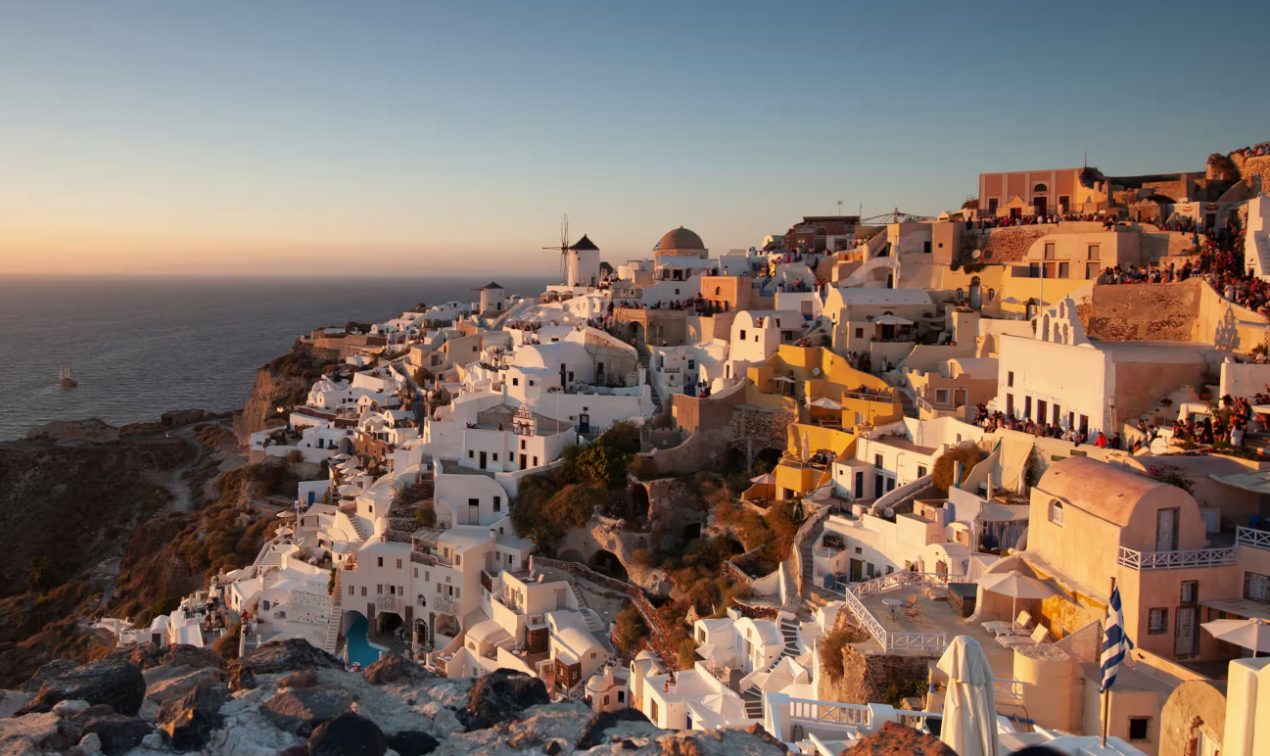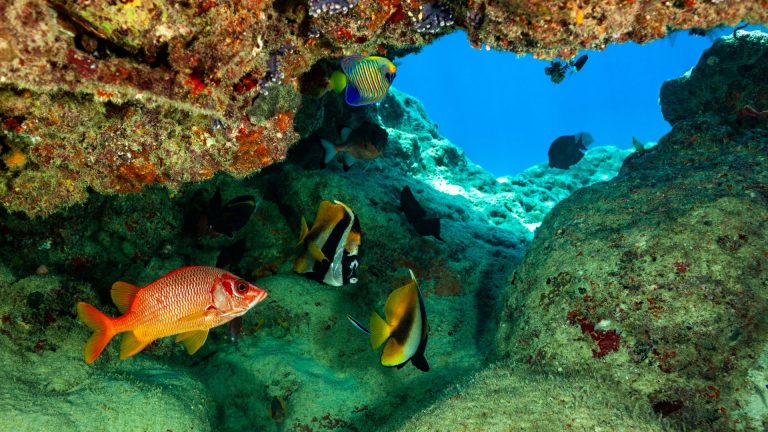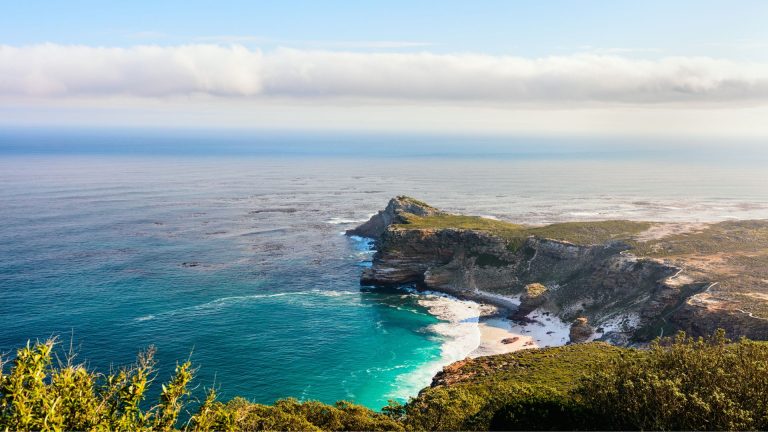Image Credit: CT Aylward/Getty Images. Retrieved from theguardian.com
Excerpt from theguardian.com
The degree to which, at other times, the Cyclades’ culture and biodiversity might have been eclipsed, and even threatened, on account of the islands’ touristic appeal, was all too clear.
“It was as if a light went on,” said Marinopoulou. “It was so obvious what had to be done because all around you could see the difference.”
From its foundation almost 40 years ago, the Museum of Cycladic Art has showcased the ancient cultures of the Aegean and Cyprus in what has since become an unparalleled repository of jewellery, vases and figurines embracing the early Cycladic, Minoan and Mycenaean age.
In her eureka moment Marinopoulou knew the time had come to look forward. “When museums are looking for new missions it was crystal clear that ours has to be the preservation and protection of Cycladic identity.”
What emerged was a scientific committee of archaeologists and environmentalists tasked with helping local people keep the islands’ unique identity alive in the face of tourism and climate breakdown.
No Greek island group is as popular as the Cyclades, which has 24 inhabited isles clustered around Delos, the archipelago’s ancient open-air sanctuary off Mykonos.
Greece has drawn record numbers of tourists in recent years, attracting more than three times its 11 million-strong population. It was the third most visited place on Earth in 2022.
With arrivals in the Cyclades still going strong in October, visitor numbers are up as much on Sifnos and other lesser-known isles as on Santorini, the volcanic outpost where famously Instagrammable sunsets attract huge numbers of tourists year in, year out.






















